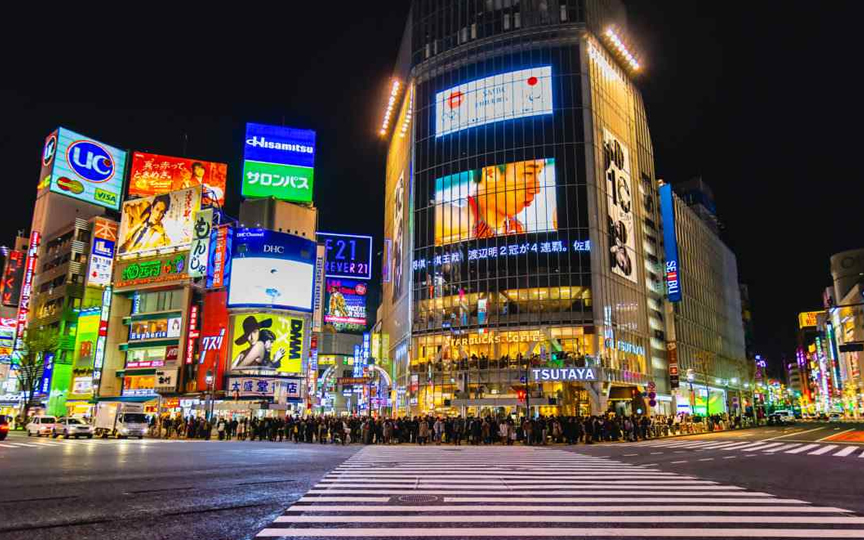If you've been out in any major city lately, you've probably noticed something different about the ads around you. The old-fashioned billboards are being replaced by bright, colorful LED displays. These screens are showing videos, changing messages throughout the day, and standing out far more than any static poster ever could.

So, why are so many brands switching over?
LED Screens Grab Attention Better
First, it's all about visibility. A traditional billboard might get a glance, but an LED screen with moving visuals, changing colors, and even animation will naturally catch the eye. In busy areas where people are walking or driving by quickly, you only have a second or two to make an impression. LED displays help brands do that more effectively.
Quick Updates, No Printing
Another big reason brands are making the switch is flexibility. With a printed billboard, any change means starting from scratch — designing, printing, and installing a whole new banner. That takes time and money. With LED screens, businesses can update their message instantly. Want to promote a weekend deal? Done. Want to show one ad in the morning and another in the evening? No problem.
Multiple Messages on One Screen
LED displays also allow brands to rotate several messages on the same screen. That's a huge advantage for companies with multiple products or services. Instead of choosing just one message to promote, they can showcase different offerings in one place. Some even partner with other businesses to share screen time, lowering the cost and increasing exposure.
Cost Over Time Makes Sense
It's true — installing an LED screen can be expensive at first. But over time, it often turns out to be more cost-effective. Traditional billboard campaigns come with recurring printing and installation costs, and those add up quickly. LED displays don't require physical replacements. Once installed, the main ongoing costs are electricity and occasional maintenance. For many companies, the long-term savings make the initial investment worthwhile.
Better Engagement and Creativity
LED displays offer something else: more creative freedom. Brands are no longer stuck with one image or one slogan. They can play videos, use animations, show real-time updates like weather or news, or even interact with mobile devices. All of this helps make their advertising feel more dynamic and modern, which leaves a stronger impression on viewers.
Environmentally Friendly Option
More companies today are also paying attention to sustainability. Traditional billboards often lead to waste, from vinyl prints to the fuel used in shipping and installation. LED screens eliminate much of that. Plus, with improvements in energy efficiency, many LED displays now use much less power than people might expect.
As cities grow and technology becomes part of everyday life, urban advertising needs to evolve, too. City governments are even starting to adopt LED signage for public announcements, transport info, and event alerts. For brands that want to stay in step with this shift, LED screens are a natural fit. They help businesses feel like they belong in a modern, fast-moving environment.
Some Concerns, But Solutions Exist
Of course, not everyone loves the idea of more screens in public places. Concerns about brightness, distraction, and screen clutter are real. That's why placement, screen quality, and smart brightness controls matter. Responsible use of LED displays helps balance visibility with public comfort.
More brands are choosing LED displays for outdoor advertising because they're flexible, engaging, cost-effective, and better suited to today's fast-paced world. As the technology improves and cities continue to modernize, it's likely that even more companies — large and small — will follow this path. Whether it's a busy downtown intersection or a local shopping center, LED screens are shaping the next chapter in how businesses communicate with the public.

